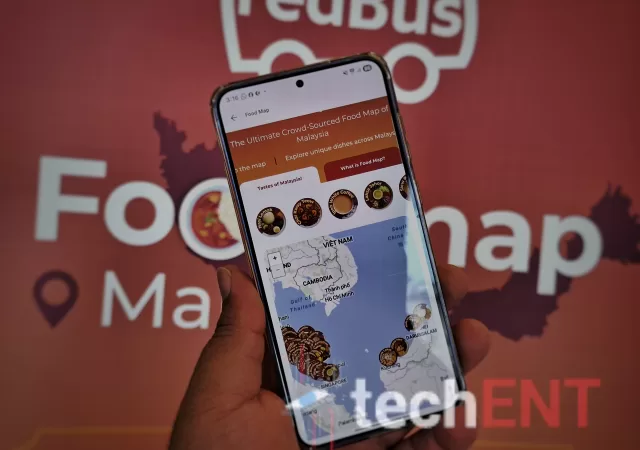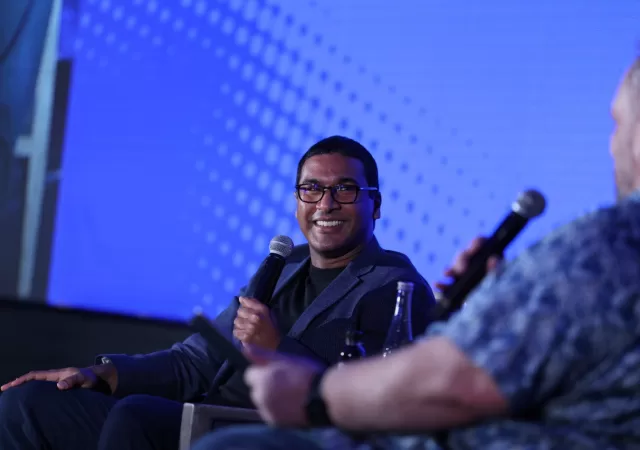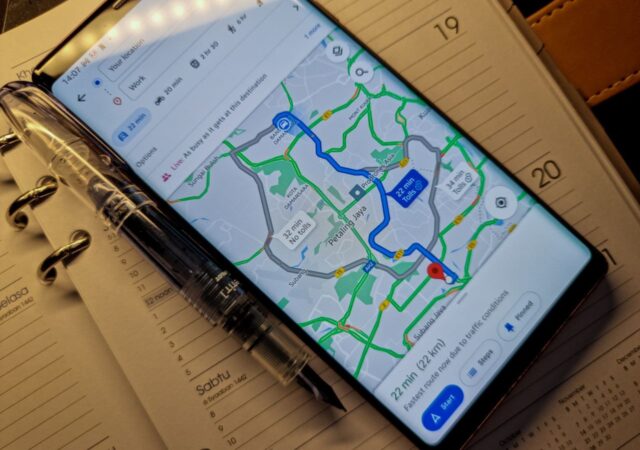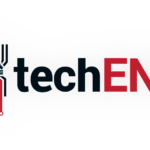RedBus launches its latest feature: Food Map Malaysia, a valiant effort to crowdsource and map Malaysia’s rich culinary culture.
Creating Teams That Keep Tech Companies Ahead of the Curve – A Sit Down with Suthen Thomas Paradatheth, Chief Technology Officer at Grab
techENT sits down with Suthen Thomas Paradatheth to talk about the innovation and tech at Grab and the driving force behind it.






